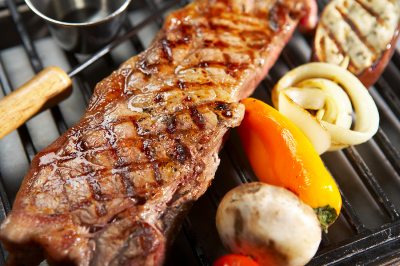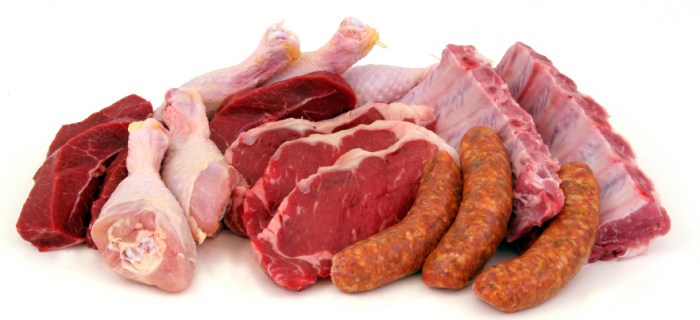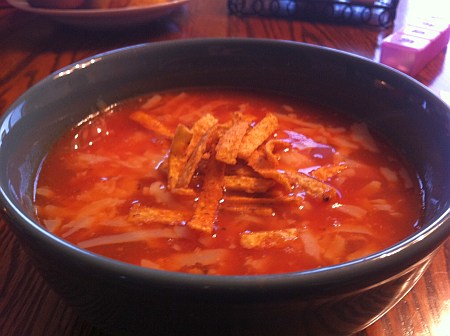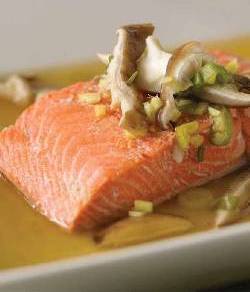When asked to choose between a prime rib, broiled chicken breast or baked haddock, most dieters will go for the chicken or fish – although some may secretly yearn for the beef. The conventional wisdom around dieting is
Beef Bad; Chicken/Fish Good.
The reality is – all three choices can be both good – and bad.
 Fat is not always bad; it is nutrient that our bodies need. However, too much saturated animal fat can contribute to health problems. When you hear the term omega fatty acids, you probably think of omega 3s and omega 6s and their plentiful health benefits. However, new research has been pointing to another fatty acid by the name of omega 7 and the importance of including the best food sources of omega 7 in the diet.
Fat is not always bad; it is nutrient that our bodies need. However, too much saturated animal fat can contribute to health problems. When you hear the term omega fatty acids, you probably think of omega 3s and omega 6s and their plentiful health benefits. However, new research has been pointing to another fatty acid by the name of omega 7 and the importance of including the best food sources of omega 7 in the diet.
Fortunately there are many lean cuts of beef available to choose from.
Government guidelines recommend that lean cuts of beef contain less than 10 grams of total fat, and 4.5 grams or less of saturated fat per 3 ½ ounce serving.
Chicken (without the skin) and some fish are low fat options.
The American Heart Association recommends that people limit lean meat, skinless chicken and fish to less than six ounces per day, total.
What’s in the three meats of Beef Chicken and Fish
- Beef is an excellent source of protein, minerals and vitamins. Protein builds muscle, maintains organs and regenerates skin, hair and nails. Minerals help the body’s systems function better.
There are many fine cuts of beef that are lean and not loaded with saturated fat. Plus, no one needs an 18-ounce slab of prime rib that hangs over the side of a plate. Order a more reasonable size portion (or take half home). An eye of the round roast can be as lean as chicken.
Organic grass fed beef contains stearic acid, which has been shown to decrease plasma and liver cholesterol by reducing intestinal cholesterol absorption.
Fish and chicken are both naturally low-fat, low-calorie options. The nutritional benefits of fish versus chicken depend on the kind of fish, the cut of chicken and the cooking method (fried is obviously a BAD choices versus broiled, poached or grilled).
- Fish are rich in calcium, phosphorus, vitamin D, vitamin B2, iron, zinc, iodine, magnesium and potassium. Some fish are higher in omega-3 fatty acids, which are an antioxidant that help fight free radicals and prevent cell damage. They help lower blood pressure and cholesterol levels, as well as help to reduce inflammation.
The protein content for fish varies depending on the type of fish
The unsaturated fats in fish, such as salmon, have health benefits
- Chicken contains more protein per serving than fish and is a rich source of B vitamins. Chicken contains a smaller amount of omega-3 fatty acids than fish. Chicken has niacin and some B vitamins.
Cooking chicken with the skin off significantly reduces the amount of saturated fat per serving and although chicken tends to be lower in fats than beef there is still the chicken thighs and legs, the legs or thighs are not as lean as the breast meat.
While thinking about both Chicken and fish as a protein alternative to beef it is actually pretty important to remember that fish and chicken are low-fat sources of protein and that chicken and fish have less saturated fat than most red meat




